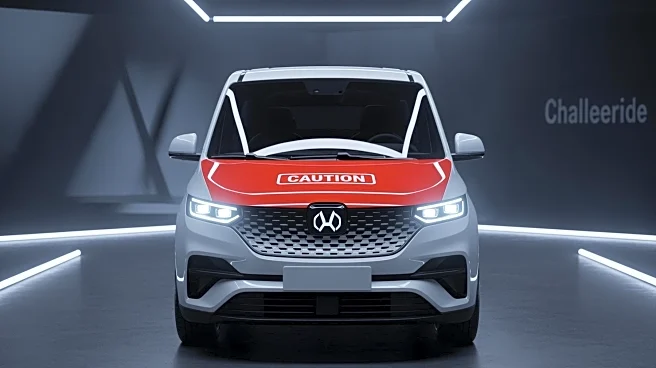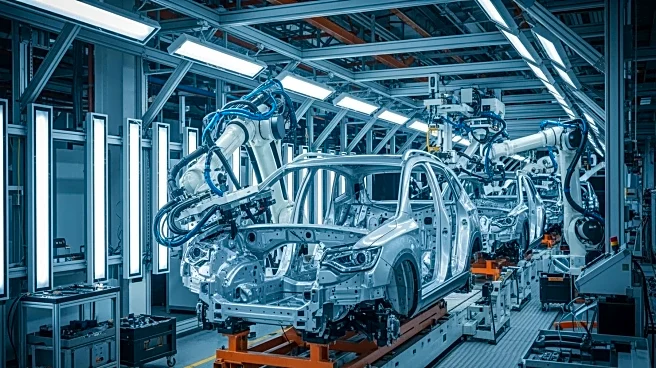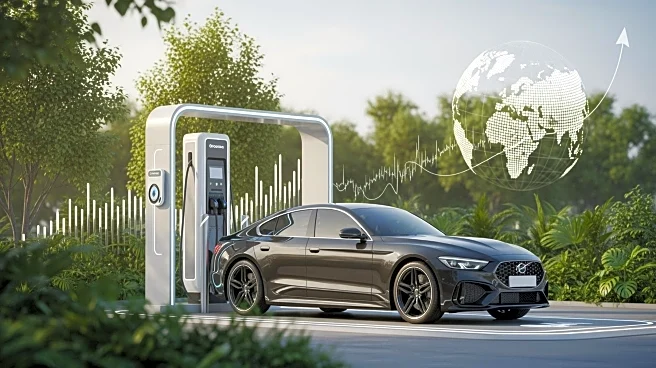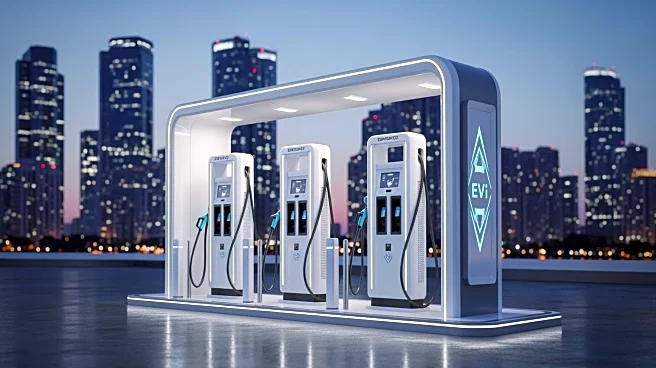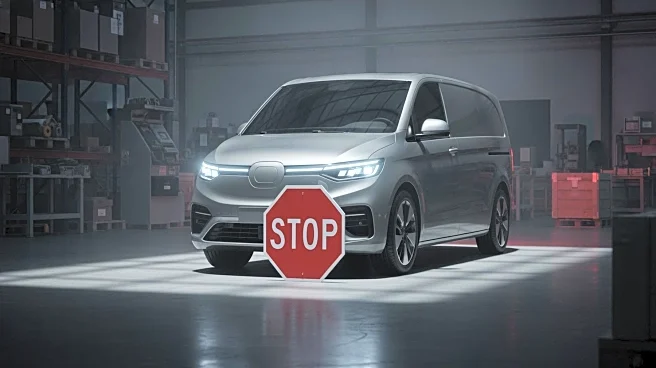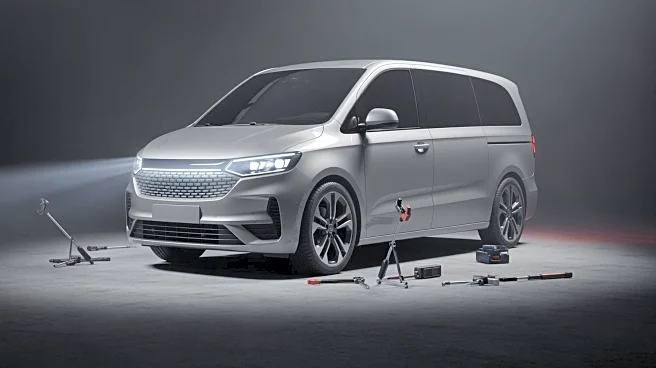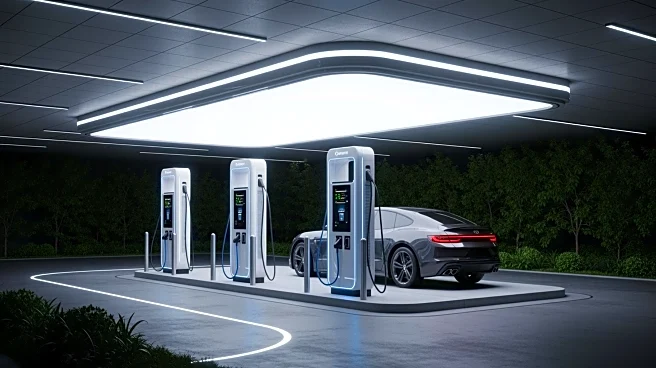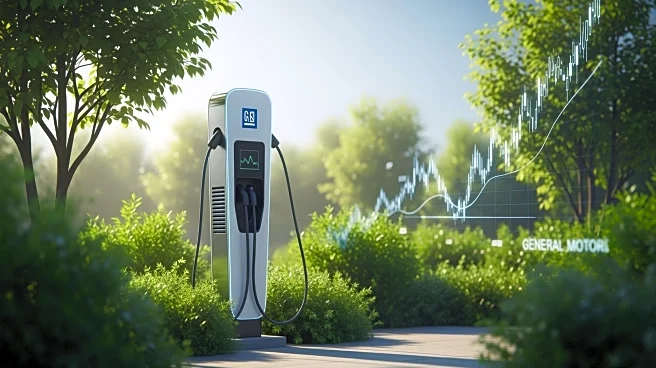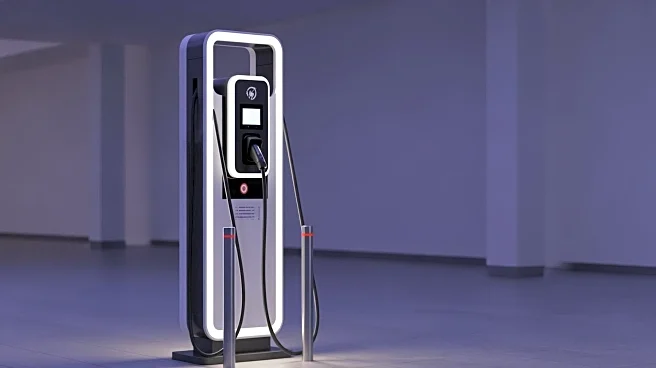What's Happening?
General Motors has decided to cease production of its BrightDrop electric delivery vans, citing slower-than-expected market demand and changes in regulatory frameworks and fleet incentives. BrightDrop was launched in 2021, with major companies like FedEx
Express, Walmart, and Verizon initially signing on as customers. Despite investing nearly $800 million and converting its CAMI Assembly plant in Ontario into Canada's first full-scale EV plant, GM sold fewer than 5,000 vehicles in the first nine months of the year, far below the target of 50,000 units. Production was suspended in May, and GM plans to recognize a charge in the fourth quarter as it addresses overcapacity issues.
Why It's Important?
The suspension of BrightDrop's production highlights the challenges faced by automakers in the commercial electric vehicle market. Despite initial optimism and significant investment, GM's experience underscores the difficulties in predicting market demand and navigating regulatory changes. This decision may impact GM's overall EV strategy and could lead to a reassessment of its approach to electric commercial vehicles. The move also reflects broader industry challenges, as companies strive to balance innovation with market realities. GM's actions may influence other automakers' strategies and could lead to increased scrutiny of the viability of electric delivery vans.
What's Next?
GM plans to reset its capacity and reduce EV losses in 2026 and beyond, positioning itself better as demand stabilizes. The company will likely focus on its core EV strategy, which remains a priority despite the BrightDrop setback. GM's decision may prompt other automakers to reevaluate their commercial EV strategies and consider alternative approaches to meet market demands. The industry will be watching closely to see how GM's actions affect its financial performance and influence future investments in electric vehicles.
Beyond the Headlines
The halt in BrightDrop production raises questions about the sustainability of electric commercial vehicles and the role of government incentives in shaping market dynamics. As automakers navigate these challenges, there may be broader discussions about the future of transportation and the balance between environmental goals and economic viability. The decision also highlights the importance of adaptability and strategic planning in the face of changing market conditions.
